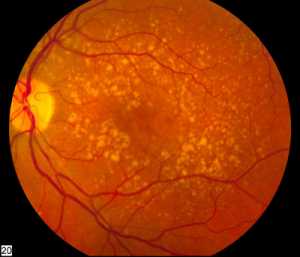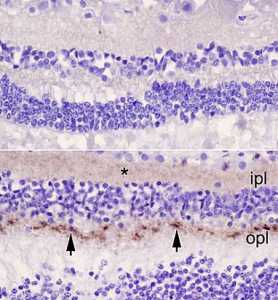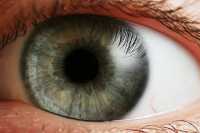Author Interviews, Biomarkers, Melanoma, Ophthalmology / 15.11.2019
Blood Biomarker Can Help Distinguish Malignant from Benign Ocular Moles
MedicalResearch.com Interview with:
Dr. Mitchell Stark, B.App.Sc (Hons), PhD
NHMRC Research Fellow
The University of Queensland Diamantina Institute
Woolloongabba, QLD
MedicalResearch.com: What is the background for this study?
Response: Uveal nevi (moles) mimic the appearance of uveal melanoma and their transformation potential cannot be definitively determined without a biopsy. Moles or naevi in the eye are common but can be difficult to monitor because changes to their shape or colouring can’t always be seen as easily as on the skin. As naevi are difficult to biopsy, they are usually “monitored” at regular intervals. If there is a melanoma in the eye, then outcomes are poor for people if their cancer spreads to the liver.
This study aimed to identify a “biomarker” that could be measured in patients’ blood that could be used as an early indicator of melanoma formation (from a mole) or progression to other body sites. (more…)






























